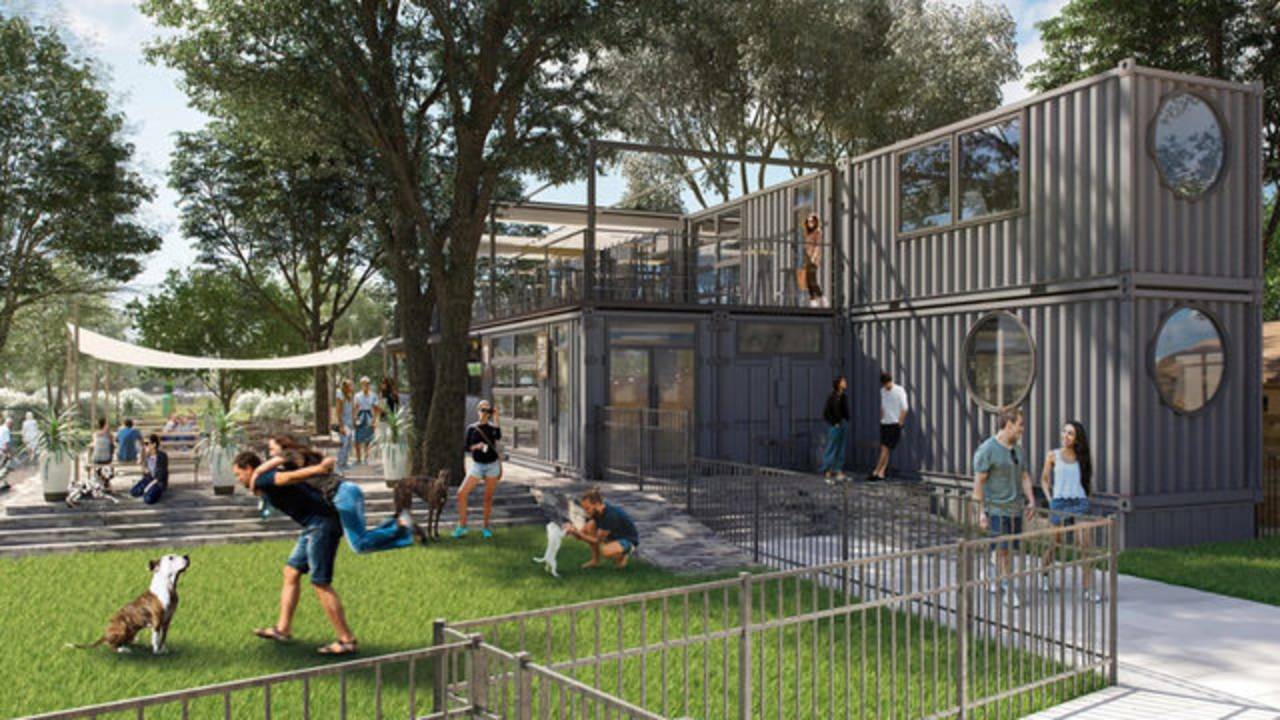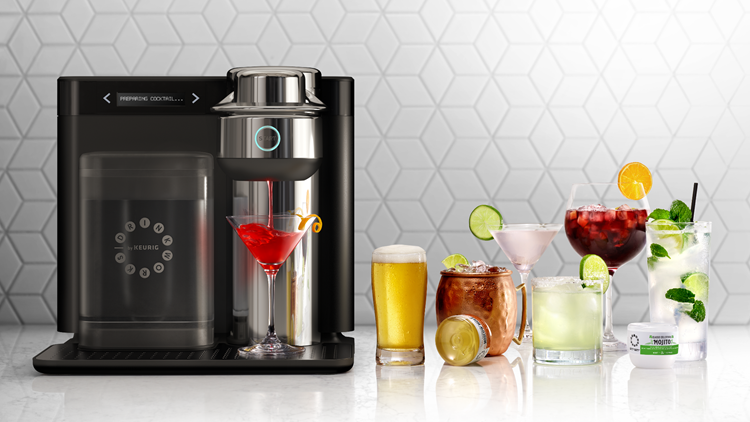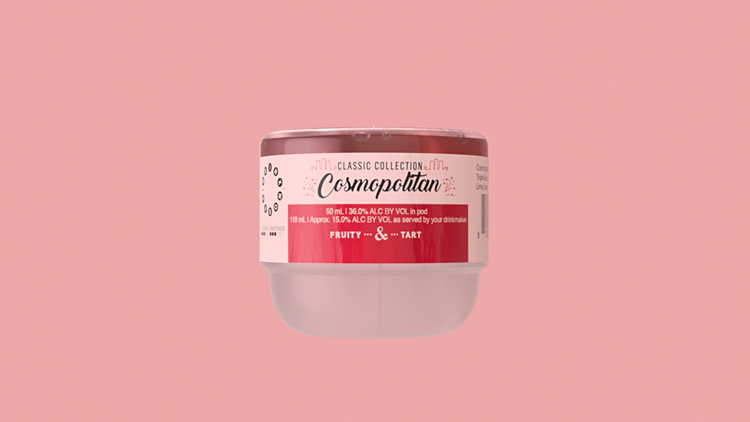 Starting a restaurant? A healthy fear of restaurant failure isn’t a bad thing. But no need to panic. The latest research found that only 17% of new restaurants fail in the first year. Instead of focusing on how to survive, learn to thrive. Let this list of 7 reasons for restaurant failure – and how to avoid them – be your guide.
Starting a restaurant? A healthy fear of restaurant failure isn’t a bad thing. But no need to panic. The latest research found that only 17% of new restaurants fail in the first year. Instead of focusing on how to survive, learn to thrive. Let this list of 7 reasons for restaurant failure – and how to avoid them – be your guide.1) The Fail: Poor Planning
You know the saying. Fail to plan, plan to fail. To prepare for success and reduce the risk of restaurant failure, start with a business plan for opening a new restaurant. As you write your plan, pay close attention to these 3 critical variables.
- Wrong Location: The #1 Reason for Restaurant Failure
Experts agree, the most common reason for restaurant failure is choosing a bad location. To find the perfect place, look for spots with plentiful foot and vehicle traffic. What’s nearby? A college campus or office building with potential customers? Dig deep. What business was there before? Were they victims of restaurant failure?
- Customer-Focused Concept and Name
Reality is your friend. You may dream of opening a fancy French restaurant. But if you’re in a blue-collar community, that concept is ripe for restaurant failure. Use these steps to select a successful concept:
- First, do a demographic analysis. Who lives in a 10-mile radius of your restaurant? Middle class families or trendy young professionals? More seniors or singles? Are there seasonal customers?
- Build your restaurant concept around the customers identified in the first step. For example, a bistro with global flavors (and a large bar area for socializing) would be ideal if catering to a younger crowd with adventurous palates. Your concept should also be unique and different from other restaurants in town.
- Select a name that describes your concept. Do your homework to ensure the name isn’t trademarked or could be confused with a competitor.To read full article click on the link

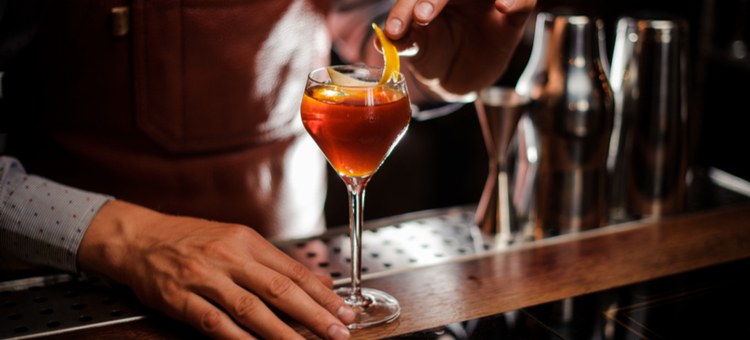 With a few pricing adjustments, and a slight shift in pricing strategy, most bars and restaurants could add significant profits without selling more drinks.
With a few pricing adjustments, and a slight shift in pricing strategy, most bars and restaurants could add significant profits without selling more drinks.
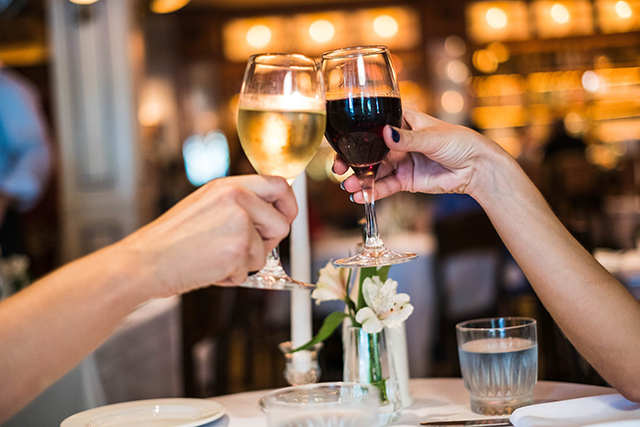 SANTA FE, N.M. (KRQE) - Get ready to raise your glass. A couple of bills at the State Capitol would make it easier to take home partially consumed wine, and even have alcohol delivered to your front door.
SANTA FE, N.M. (KRQE) - Get ready to raise your glass. A couple of bills at the State Capitol would make it easier to take home partially consumed wine, and even have alcohol delivered to your front door.